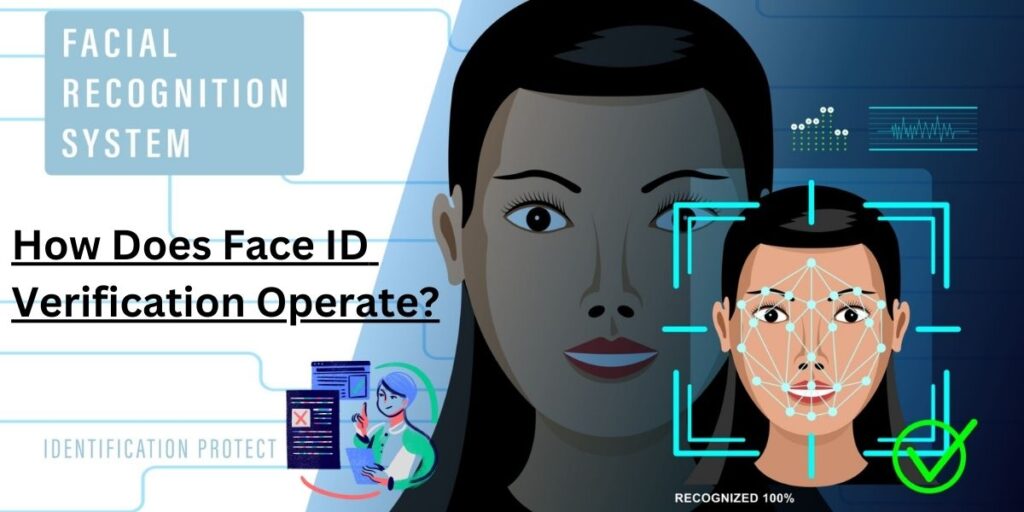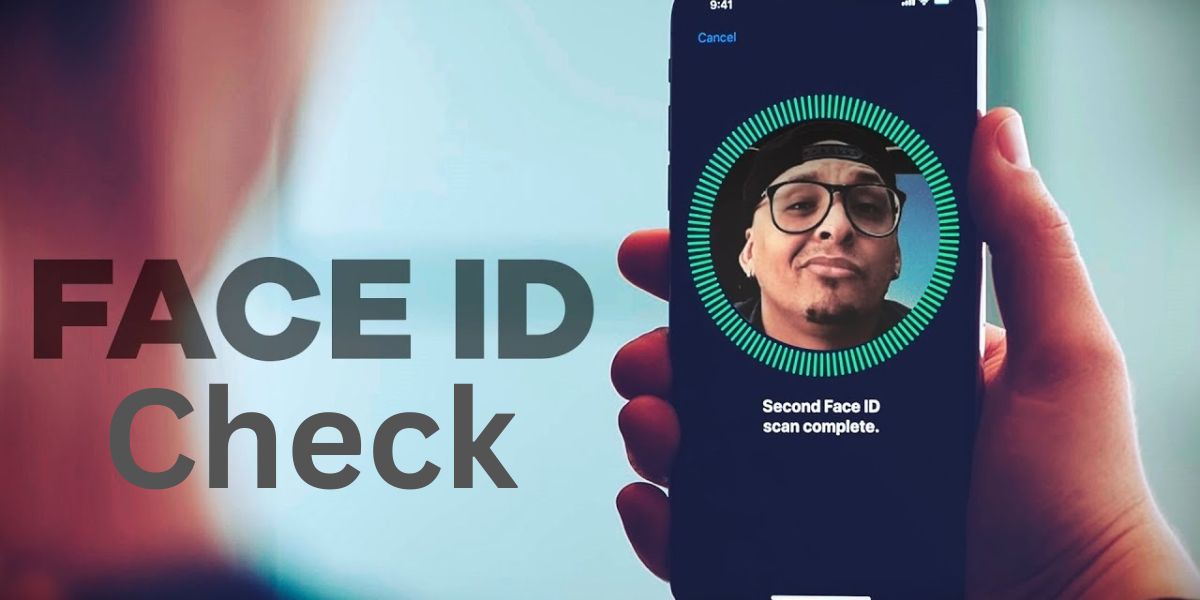With time, biometric verification has advanced significantly. The way biometric data is processed across digital channels is changing due to the introduction of new technologies, particularly artificial intelligence. Face ID checks are becoming more and more popular since they fundamentally alter how companies authenticate their clientele. Face ID check break down barriers to physical engagement by offering a simple method of identity verification based on a person’s facial features. It is gaining popularity as a solution across sectors and evaluates user data in real-time using a contemporary face recognition technique. According to data, the facial recognition market is predicted to reach a valuation of over $10.4 billion by 2030, and it is growing at a rapid pace.
The significance of using a face ID check solution in 2024 and beyond will be covered in this article. It will outline every important way that businesses can fully benefit from this ground-breaking idea.
A Recap on the Need for Face ID Verification
A fantastic solution for businesses that operate remotely is face ID verification. When physical contact with any electronic or digital device was prohibited during the pandemic, it changed the game. The use of fingerprints and other biometric verification methods was discontinued. Nevertheless, scammers have discovered ways to get around the most fundamental biometric verification procedures. They have even been known to employ spoofing assaults to get access to enterprise systems and take control of all vital business data.
Statistics show that data breaches have affected about 46% of FinTech companies, and the usage of fictitious IDs is increasing. Across the retail, financial services, logistics, and leisure sectors, 57% of Canadians reported fraud.
Businesses may ensure that the proper person accesses the system with a Face ID check, which serves as a strong defensive mechanism. Businesses use a variety of methods, such as 2D and 3D detection, to verify a customer’s identity through facial recognition.
Crucial Areas for Face ID Check Implementation

A common solution for companies where audience participation carries a substantial risk is a Face ID check. Every company should take note of it because it provides multiple layers of enterprise system security.
Verification of ID
When it comes to identity verification, a face ID check offers a big benefit. By utilising only the client’s face and comparing it with previously collected data, businesses can assess the client’s actual data. It uses a set of guidelines designed specifically for handling facial data. Following verification, the entity is immediately classified by the system as either a new unregistered individual or a client, customer, employee, or VIP. The entire procedure assesses the contour, geometry, depth, and structure of the face.
Identification of Spoofing
Speaking about verification, recent check Face ID systems use liveness detection and 3D face matching algorithms to detect any form of spoofing efforts. With the use of this technology, businesses may quickly stop spoofing attempts by employing authentic papers and real identities. This process is essential for guaranteeing international compliance when it comes to digital KYC.
Age Validation
Given the ease with which minors can now access the internet, this is an essential component of face verification. It stops them from using the internet to view adult content. However, since kids can outsmart them easily, age verification procedures that are based on traditional methods are ineffective in keeping kids away. This procedure can also be revolutionised by face ID checks, which use accurate verification and AI. This approach can be used by service providers who restrict children to swiftly identify children based on their visual traits and compare them to age verification algorithms.
Permission
Additionally useful in two-step verification or authorization processes is the Face ID check. With only one short camera shot, businesses may use this easy approach to confirm the identity of a client or an inside executive. This fortifies security procedures. The use of Machine Learning technology has made this procedure much faster and more dependable. Now, the person may be identified by the system even when the camera is positioned incorrectly or is far from the subject. Additionally, this method limits attempts at spoofing and deep-fake computer images.
Fraud Identification
Facial recognition technology is mainly dependent on healthcare systems. Since COVID-19, healthcare policies around the world have evolved, and face ID check solutions have replaced other conventional biometric equipment in every medical facility. Additionally, this solution is crucial to worldwide patient verification and telemedicine. Another concerning problem is healthcare fraud, in which companies and people alike trick the digital system to obtain illegal benefits or even direct payments. Medicare platforms are now using Face ID check solutions, which just require the patient to authenticate their face using a smartphone to guarantee that the correct person receives treatment and all associated healthcare benefits.
How Face ID Verification OperatesAccess or Denial for Image Capture, Feature Extraction, Database Comparison, and 3D Matching
In the Age of Automation, How Does Face ID Verification Operate?

Face ID check systems must be reliable and up to par as they are used by numerous businesses to guarantee security. These days, artificial intelligence (AI), algorithms, and sub-branches are having a big impact on everything. The two terms that are used interchangeably in all Face ID check solutions are as follows:
Networks of Neurals
The AI classification method known as a neural network has completely changed how contemporary verification systems operate. Neural networks classify facial data to the known data for processing behind the scenes in Face ID checks. It is made up of artificial intelligence neurons, sometimes known as “nodes,” and it interprets the visual screens. Artificial Neural Networks (ANNs) play a vital role in detecting abnormalities between the facial data and ensuring precise pattern matching. ANNs are thus used in contemporary face ID check systems to maximise efficiency.
Data Correspondence
Artificial intelligence systems that compare data fluidly include data matching algorithms. This process is a crucial component of face ID check solutions and greatly aids in client face matching. Information processing happens far more quickly with AI data matching algorithms than it does with conventional systems. When applied to face matching, this algorithm guarantees smooth operation and real-time processing.
In summary:
The face ID check proved the technology’s promise for safe and convenient verification by successfully confirming [person’s name]’s identity. But putting it into practice requires caution, weighing its benefits against a sharp awareness of privacy issues, potential biases, and built-in limits. To ensure that this potent instrument is used responsibly and ethically across a variety of areas, it will be imperative to embrace transparency, strong security measures, and continual attempts to mitigate prejudice.











